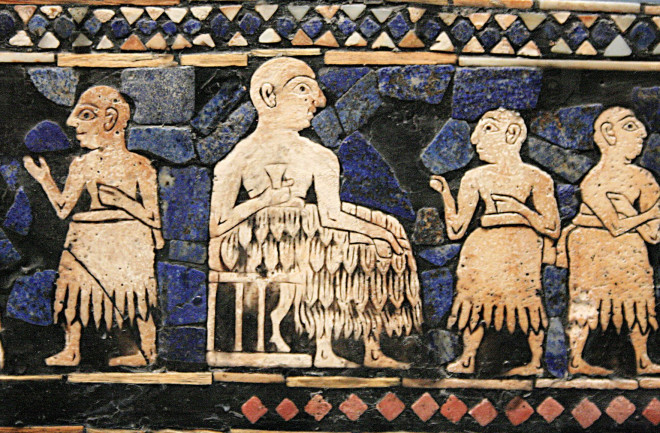The ancient Sumerians created one of humanity’s first great civilizations. Their homeland in Mesopotamia, called Sumer, emerged roughly 6,000 years ago along the floodplains between the Tigris and Euphrates rivers in present-day Iraq and Syria.
The Sumerians learned to farm on a grand scale in the so-called Fertile Crescent, a thin, crescent-shaped sliver of Mesopotamia often tied to the dawn of farming, writing, mathematics and astronomy.
And while the arid, ancient landscapes of the Middle East may not seem like the most likely location for an agricultural breakthrough, Sumer actually had a massive advantage. By settling between two large rivers, the Sumerians benefited from rich floodplain soil and ample water to irrigate crops. Their success was accelerated by Sumerian technological innovations like canals and plows. With time, Sumer got so good at growing food that they started to have enough resources left over to focus on building the cities and temples.

